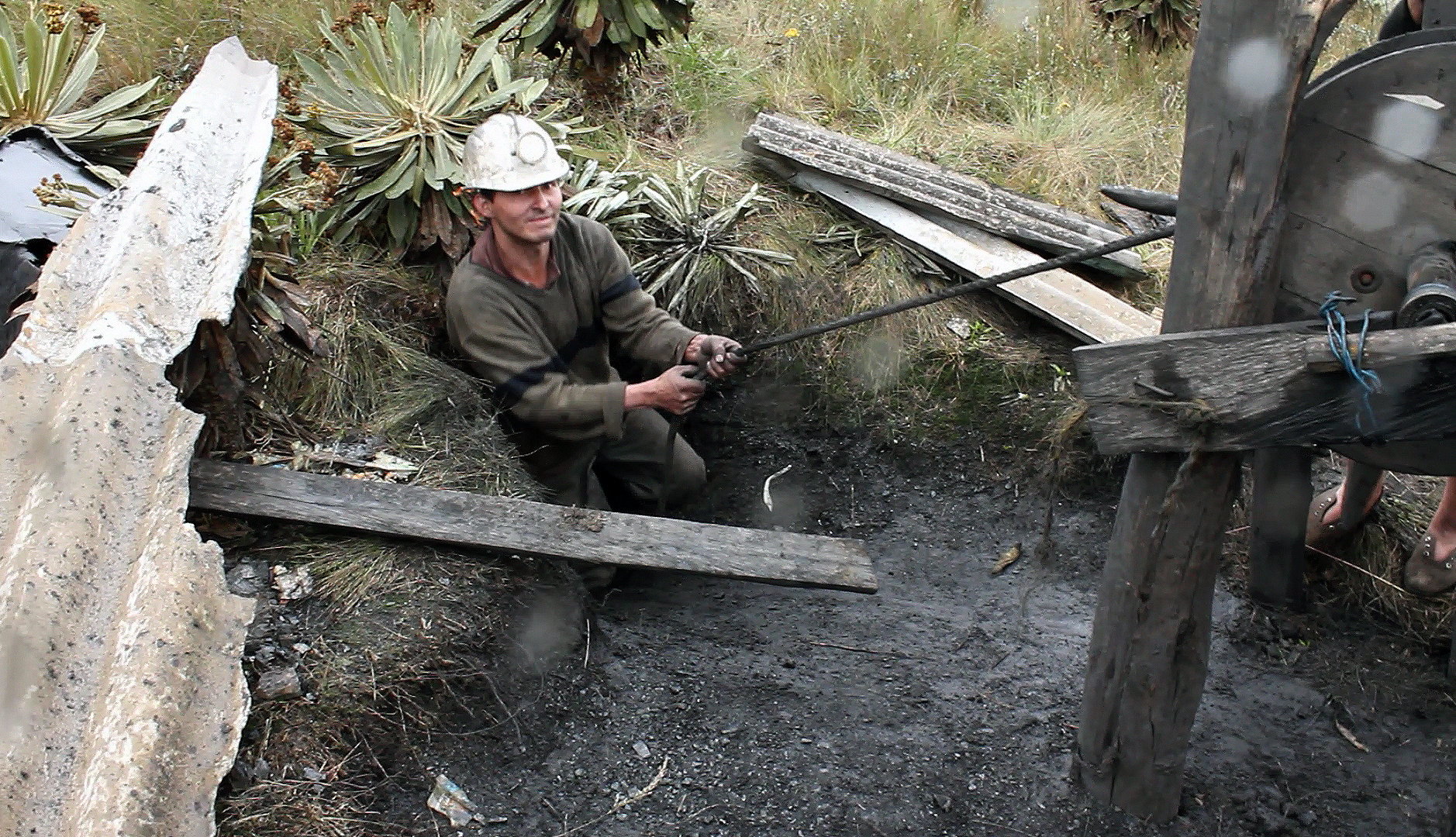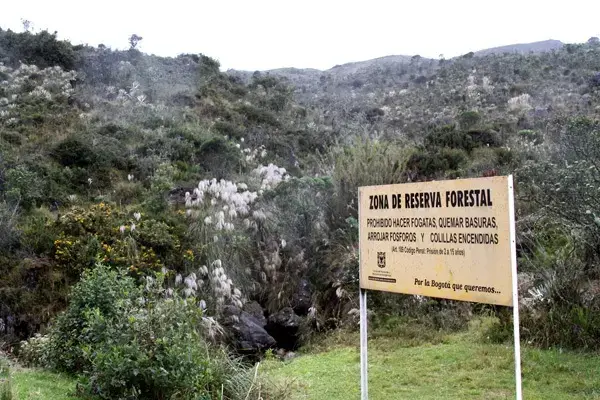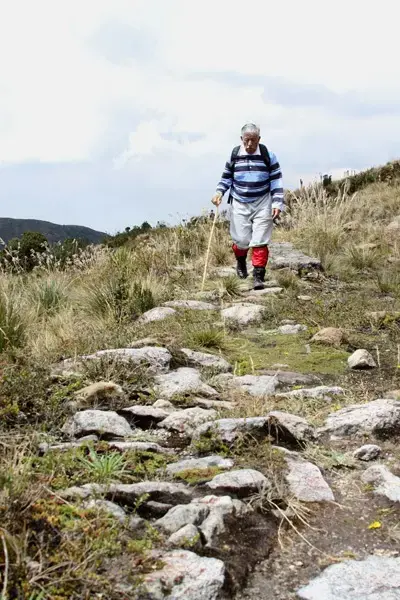The páramos, a fragile ecosystem of moorland found in the high altitudes of the Andes, attract many outdoor enthusiasts. Last week, I joined a group of 35 of them who gathered to trek along the Eastern Mountains that surround Bogotá, Colombia's 2,600-meter high capital. They were ready for a seven-hour walk into the heart of one of the páramos that captures a small portion of the water on which the 8 million people who live in this mega-city depend.
They met before dawn at the point where Cerros Avenue crosses La Vieja, one of the 17 creeks that flow from these mountains but remain invisible to the majority of Bogotanians because most of them run underground. In Bogotá, the only clean water that flows at street level comes from the tap.
As the sun began to illuminate the city, we started our ascent through a green and foggy forest, following the snaky path of La Vieja.
"I've been walking these mountains for more than 53 years," said José Rodriguez, an old man with a white moustache who was leading the group. "Don José," as the others referred to him, likes to show people the wilderness that encircles the city. I was struck by his old-fashioned gear: he was wearing red gaiters and his black leather boots were unusually polished for a muddy outdoor climb.
Our final destination was El Verjón, a pond at an altitude of 3,200 meters in one of the best-preserved páramos in the country. Beyond the breathtaking beauty of the craggy Andes and the water mirrors, this is an example of how good government and long-term policies can work to protect water supplies. For many years, the city of Bogotá and its municipal water company have been systematically buying this land, aware of its strategic value as a "water factory," as some here describe the páramos. Thanks to this long-term policy, 34,600 acres of this area are now protected as forest reserve—a status that safeguards them against urbanization, agriculture, cattle, mining or any other form of degradation.
Despite the fact that the federal law compels all cities in Colombia to protect water sources, very few do. There is little political support for this kind of investment and voters are more impressed by brick and cement accomplishments.
After an exhausting three-and-a-half hour ascent, we finally came to El Camino de Oriente, a stone path built by Indians more than four centuries ago during the era of Spanish colonial domination. The path is surrounded by velvety frailejones, moss and other plants that thrive in the cold and the humidity of these highlands.
"This camino was used back in those days to transport merchandise from Choachí to San Cristobal, today one of the many suburbs that Bogotá absorbed," explained Don José, who didn't seem to be affected by the altitude despite the fact that he is "scratching 80," as he put it. He suggested a nice spot to eat. While many of us took out nuts, fruits or cheeses, for him, two hard-boiled eggs that he peeled with an artisanal delicacy did the job.
"Up here I forget about everything," said Don José, resting his arms on the cane that he made from the branch of a coffee tree. "I forget that I have a wife, that I have kids and that I am poor." Don José likes this path because unlike some others that surround the city (and he has wandered them all, of course), here nature is protected. Forest rangers from the water company patrol these mountains on mules and by foot. They live with their families and dogs in humble houses, keeping a constant eye out for illegal occupants or farmers looking to expand their pasture lands. At this altitude—above 3,000 meters— the cold can be extreme, but in exchange the rangers enjoy clean air, a simple life and a magnificent view over the busy and polluted city far down in the valley.
International organizations are pushing governments to do more to protect the páramos and the water they provide. On Dec. 17, the City of Bogotá and other national agencies signed an agreement to create an "ecological corridor" that restores the connection between this páramo and others around the city, once part of a single system.
By 3 p.m., we were finally heading down to Choachí. Small drops of rain were falling and mist shrouded the mountain. Don José said goodbye to the hikers and invited them to come back. The group looked tired and dirty—except Don José, whose old black boots were still almost untarnished.














